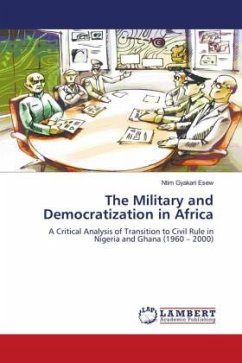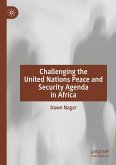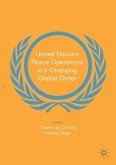Since 1948, the United Nations (UN) has launched 83 peace missions across the globe. After the end of the Cold War, the nature of UN peace missions changed and the UN began to mandate its peace soldiers to perform a greater variety of tasks. One of these tasks was the protection of civilians (POC). While much work has been done on the growth of the civilian protection agenda and the role that peacekeepers play in protecting civilians during armed conflict, these works have been descriptive narratives that lack any sort of theoretical component that conceptualizes POC as a norm. Conceptualizing POC as a norm and utilizing a Constructivist framework, this book identifies how the norm of civilian protection during conflict in Africa evolved at the UN, beginning in 1992 and ending in 2011. It argues that the greatest impetus for the evolution of the POC norm came from actors within the UN, who were motivated by organizational survival, even though the institutionalization of normative evolution at the UN did not necessarily lead to the demonstration of POC by UN peace soldiers on the ground.
Bitte wählen Sie Ihr Anliegen aus.
Rechnungen
Retourenschein anfordern
Bestellstatus
Storno








